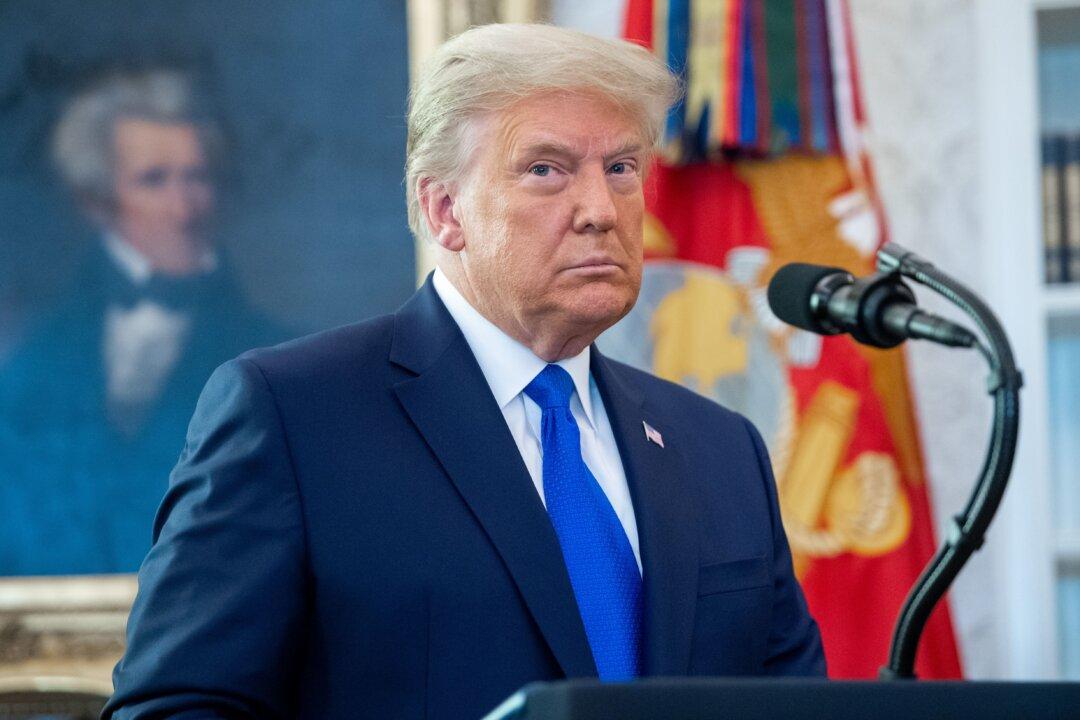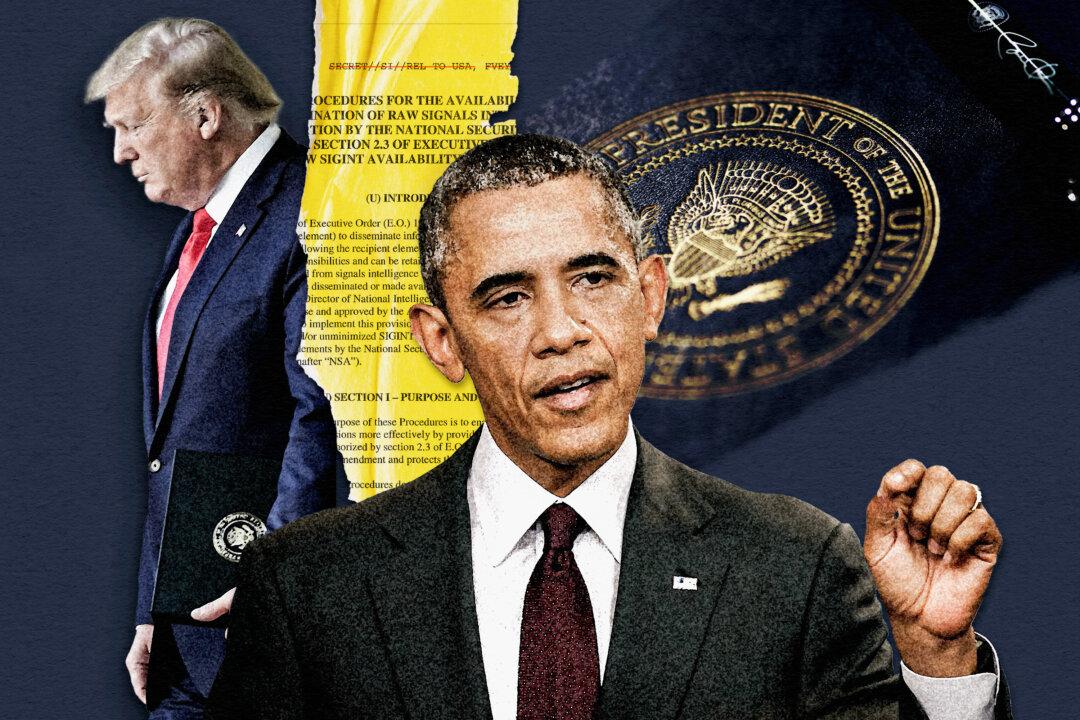Analysis
In a newly unredacted footnote from the Department of Justice (DOJ) inspector general’s report on Foreign Intelligence Surveillance Act (FISA) abuses, the urgency behind the FBI obtaining a FISA warrant on Trump campaign adviser Carter Page becomes clear.





